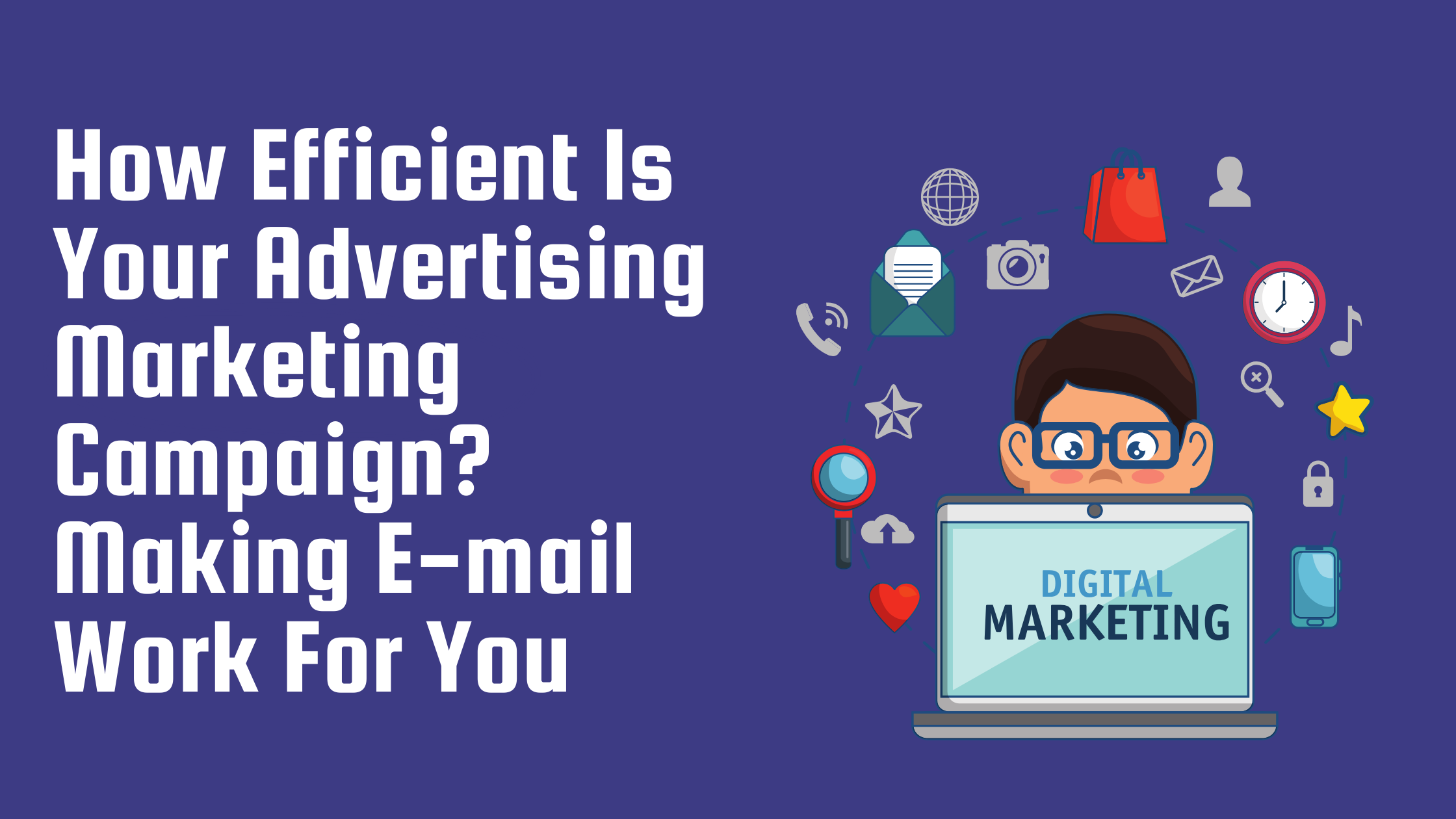Table of Contents
![]()
Artificial intelligence has become an essential part of our daily lives.
Although most people associate this advanced technology with science-fiction dystopias in which androids are taking over the world and trying to destroy humans, we remain at this uncanny valley scenario.
Currently, AI is mostly used to reduce human efforts and errors, almost completely automate certain tasks and also help us perform repeated and mundane tasks more quickly and accurately.
AI disrupted a variety of industries such as healthcare, education, business and marketing.
Here are some of the effects that we are witnessing today.
(1) Assistants of AI
Siri, Cortana, Alexa, Google Assistant – almost every big name in the high-technology industry has its own AI virtual assistant that helps its users manage their daily tasks.
These helpers use voice queries and natural language processing and can handle tasks like sending text messages, making calls, setting alarms and records, providing suggestions and answering questions. You can even order food if you ask.
The Google Assistant also supports text queries while Alexa can stream podcasts, play music and audiobooks and provide weather, traffic, news, etc. in real-time.
Advanced organisations also use digital helpers to interact with their users, reducing demand for human resources.
With no emotional response that clouds your judgement while focusing on specific tasks, digital workers can be considerably more efficient than their human counterparts and can enhance users ‘ satisfaction by the quick and timely response.
They are also available 24/7 and chatbots do not need breaks to be able to work, unlike human customer service agents.
AI-powered chatbots are a good example of how all companies benefit from the latest technology.
The development of Mind AI theory only enables us to expect digital helpers to provide more personalised service, as they will understand the needs of the people with whom they interact, their intentions, emotions and beliefs.
(2) Great Data
Big data is the most common way for ordinary people to contact AI.
What do these innovative brands have in common? Amazon, Netflix, Microsoft, Google?
In addition to being billions of dollars, these three companies are among those that leverage the power of Big Data and AI synergy.
Netflix has the section ’cause you have watched…,’ which offers suggestions not only based on which others have similar preferences and viewing habits but also based on the similar characteristics, plot lines, actors and directors that you are interested in.
At first sight, these picks have nothing in common, but the advanced, AI-powered algorithm of the streaming giant goes far beyond the genre and uses a large number of data to recommend shows and films.
Amazon has an equally powerful recommendation engine that accounts for 35 per cent of Giant’s online retail revenues.
The Internet is an invaluable resource of concrete and insightful data that can not be used meaningfully if not structured.
AI can collect, process, analyse and interpret large volumes of data, and can identify different patterns through large data analytics, allowing a pile of unstructured data to become a coherent source of valuable information.
With data from many different sources, AI can predict future behaviours and circumstances accurately and easily in any industry.
For example, sales and marketing can benefit greatly from the forecasting functionality of this AI because it makes predictions not only based on your shopping history and conduct but also takes into consideration all the other information collected, such as the way you browse the online store, what items you view and which items you decide to skip.
UPS, which saves 10 million gallons of fuel every year by using the software to plan and optimise its routes, is another good example of the AI and Big Data implementation.
However, AI still needs to mature to fully leverage the power of big data, and so does our knowledge of how to best use it.
(3) Staff AI Tutors
Education is another area which can benefit greatly from the use of AI.
Each student’s personal AI tutors take teaching and learning to an entirely new level.
Since a teacher is not able to work individually with each learner, these advanced teachers not only enable each student to receive one-on-one support, they also enable them to tailor the teaching approach to suit their individual needs.
In other words, students can learn and acquire new skills at their own pace.
This isn’t everything. AI tutors won’t be your regular robotic assistants who teach lessons on the face of your poker but can evaluate, interpret and react to the emotions of students, and adjust their approach to student preferences.
(4) Care For Health
It is only logical that such an enormously powerful technology should be used in the healthcare industry in which every step forward can influence life and death.
Since the right information is essential for healthcare, it is important that as many health records, clinical research studies and other relevant sources are collected, analysed and used. And this is a very difficult task.
IBM Watson Health is an AI-enabled platform that an analysis and interpret large numbers of medical data collected via various devices so that health care providers can access the information they need to make timely and informed decisions.
This open platform will enable doctors and researchers to collect important pieces of information from some people (whose identity will be protected) and to gain valuable insight into health factors.
Watson Health has already taken advantage of the neighbouring industry, which helps pharmaceutical companies to research new medicines.
Whether we’re ready or not, AI’s here and soon won’t go anywhere. The greatest improvements still need to be made in this field and also in other high-technologies like machine learning, deep learning and neural networks.
(5) Auto-driving Vehicles
Tesla, a prominent automaker, is one of the first in the industry to start using AI, Big Data and Cloud technology to build independent vehicles.
The company announced recently that its self-sufficient level 5 functionality would be available to some customers by the end of 2019.
This means that the clients chosen get so-called “complete feature.” In other words, their fancy cars can drive them from home to work without intervention.
Since this feature is still in beta, however, drivers will not be able to control it if an unexpected occurs.
Although we will have to wait to see if it is true, Tesla has certainly come a long way in building the self-pilot for her vehicles. From time to time, a picture of a tightly sleeping Tesla owner appears on social media and shows that this AI-powered technology works.
Share This




2 Comments
Highly energetic article, I liked that bit. Will there be a part 2?
You can try to browse through our posts for more info 🙂